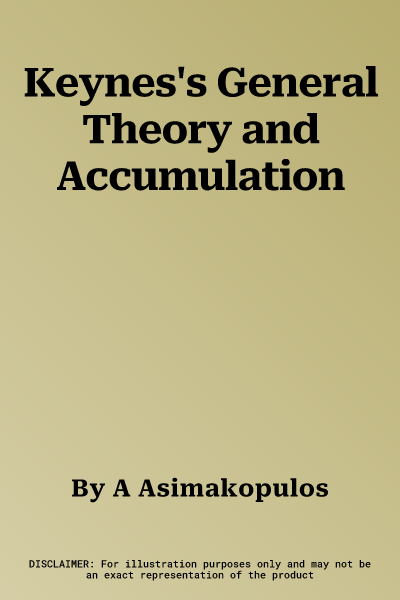A Asimakopulos
(Author)Keynes's General Theory and AccumulationHardcover, 28 June 1991

Temporarily out of stock
Free Delivery
Cash on Delivery
15 Days
Free Returns
Secure Checkout

Part of Series
Modern Cambridge Economics
Part of Series
Modern Cambridge Economics (Hardcover)
Part of Series
Papers in Laboratory Phonology
Print Length
225 pages
Language
English
Publisher
Cambridge University Press
Date Published
28 Jun 1991
ISBN-10
0521362482
ISBN-13
9780521362481
Description
Product Details
Author:
Book Format:
Hardcover
Date Published:
28 June 1991
Dimensions:
22.4 x
14.4 x
1.91 cm
ISBN-10:
0521362482
ISBN-13:
9780521362481
Language:
English
Location:
Cambridge
Pages:
225
Publisher:
Series:
Weight:
421.84 gm